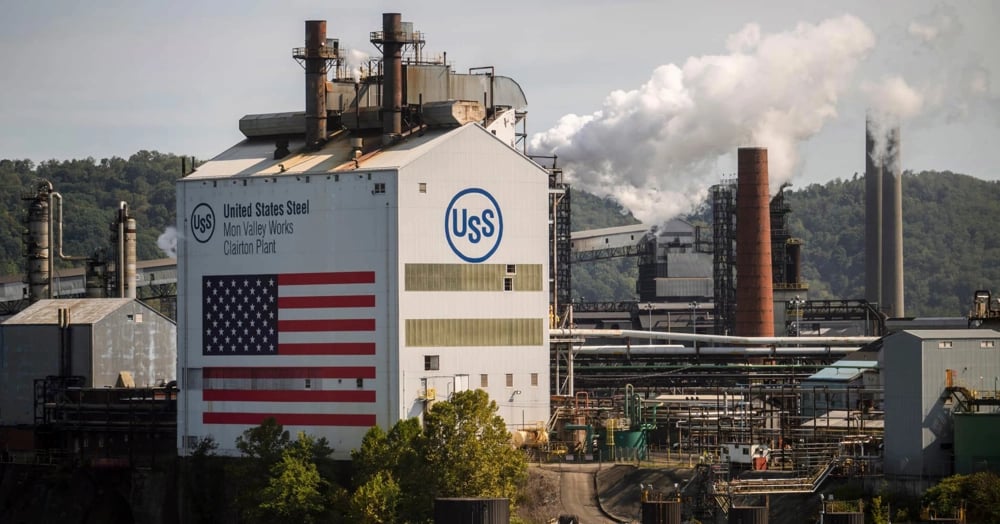Trump's Steel and Aluminum Tariff Surge Signals Major Shake-Up in US Industrial Policy
Donald Trump’s announcement to raise tariffs on steel and aluminum imports from 25% to 50% marks a significant escalation in US trade protectionism. Unveiled at United States Steel Corp. $X near Pittsburgh, the initiative targets overseas producers and aims to safeguard domestic manufacturing. Trump’s remarks directly connected the punitive measures to the interests of American workers, asserting that the increased levy would deter foreign rivals from undermining US industry. In his words, the shift from a 25% to a 50% barrier turns a figurative fence into “a wall”, raising the costs and complexity for foreign suppliers.
US Steel and Nippon Steel Deal in Focus
The timing of the announcement was closely tied to the anticipated transaction between US Steel and Japan's Nippon Steel Corp. $5401.T. While specifics remain under negotiation, the White House stressed that the deal must preserve US ownership of the country’s leading steel producer. Trump argued that higher trade restrictions would strengthen the post-merger enterprise’s domestic prospects and strategic autonomy.

Anticipated Industry and Market Dynamics
Higher steel and aluminum tariffs initiate a chain reaction across multiple sectors. The industrial, construction, and automotive verticals—major consumers of these raw materials—face a probable uptick in input costs. US Steel and comparable domestic players may see bolstered order volumes as imports become less price competitive. Downstream, industries might pass on higher material costs, impacting end-product prices and potentially fueling inflation within the broader US economy (USD).
Potential Outcomes from the Tariff Surge
Manufacturers such as US Steel gain greater pricing power in the home market as imports become less cost effective.
International trade partners, including Japan (JPY), could explore countermeasures or renegotiate export terms, altering global supply flows.
The Nippon Steel Corp. transaction’s structure and valuation may be revisited, reflecting new regulatory and commercial realities.
Investors may observe increased volatility in equities, especially among steelmakers, and commodity-linked currencies.
Sectors with heavy steel and aluminum usage—automotive, construction, machinery—may adjust their procurement and production strategies to counter rising expenses.

Broader Trade and Investment Implications
This aggressive tariff stance highlights a policy orientation favoring strategic autonomy and industrial resilience. The evolving relationship between US Steel and Nippon Steel Corp. underscores the complexity of cross-border dealmaking amid regulatory scrutiny and shifting geopolitical priorities. With protectionism once again shaping the American industrial landscape, market participants must anticipate both near-term disruptions and long-term realignments.















Comments